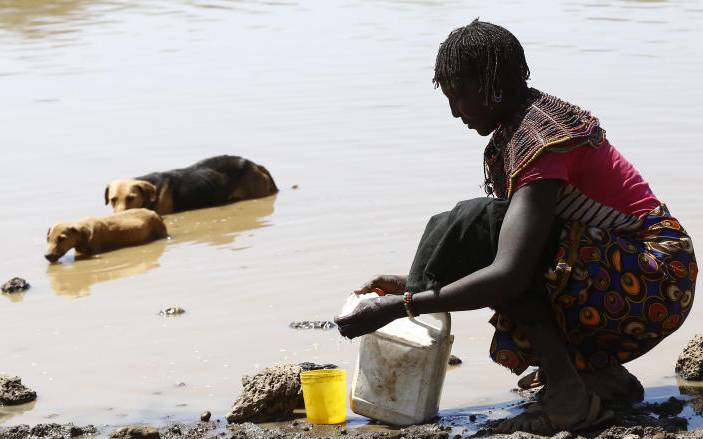×
The Standard e-Paper
Fearless, Trusted News

Chebo Chebunyo fetching water while dogs quench their thirsty at Lokiwach water pan in Silale Ward in Baringo county on January 30,2019.Residents are forced to travel several kilometers in search of water ,out of over 200 boreholes in Baringo 98 are not working. [Photo:Kipsang Joseph/Standard].
Experts have warned of a looming famine in the country following a prolonged dry spell.